Could forest bathing help you with your high blood pressure?
By Louise Belle BHSC (Nut Med)
Forest bathing has been practiced in Japan for the last 30-40 years but is starting to gain popularity amongst western cultures. You may have seen it pop up in your Instagram feed with a wellness advocate boasting about the healing properties. Whilst these types of posts could lead us to believe that forest bathing is just the next wellness fad, there is research to back it up.
So, what is forest bathing anyways?
It’s pretty simple actually. It involves disconnecting from technology and spending time relaxing in nature. It does not involve exercise, it’s all about really connecting with nature and taking in the forest atmosphere with all our senses. In our urbanised world where we are constantly connected to some kind of device. Forest bathing emphasizes the importance of getting back to basics and connecting with nature.
How could it benefit blood pressure?
A recent article published in the journal of Environmental Health and Preventative Medicine reviewed 14 studies that looked at forest bathing as an intervention for people with hypertension. The review compared different types of forest bathing such as forest walking and the length of forest bathing sessions which ranged from 20 minutes to 6 hours and the effect this had on physiological and psychological measures. The review concluded that forest bathing resulted in reduced blood pressure, lower pulse rate and reduced feelings of stress, anxiety and depression. Blood markers of cardiovascular health were also improved. It is unclear how long the effects of forest bathing can last, so regular forest bathing is recommended.
How to forest bathe
Take a walk into a forest or somewhere that’s quiet and surrounded by trees. Calm your mind and focus on what you see, smell and hear. Look the different colours of the trees and how the light casts shadows. Can you hear birds chirping or the rustling of leaves with the breeze? What can you smell? Focus on breathing deep into your diaphragm to really calm your nervous system. Ideally you would spend a couple of hours forest bathing.
Other helpful strategies for less stress
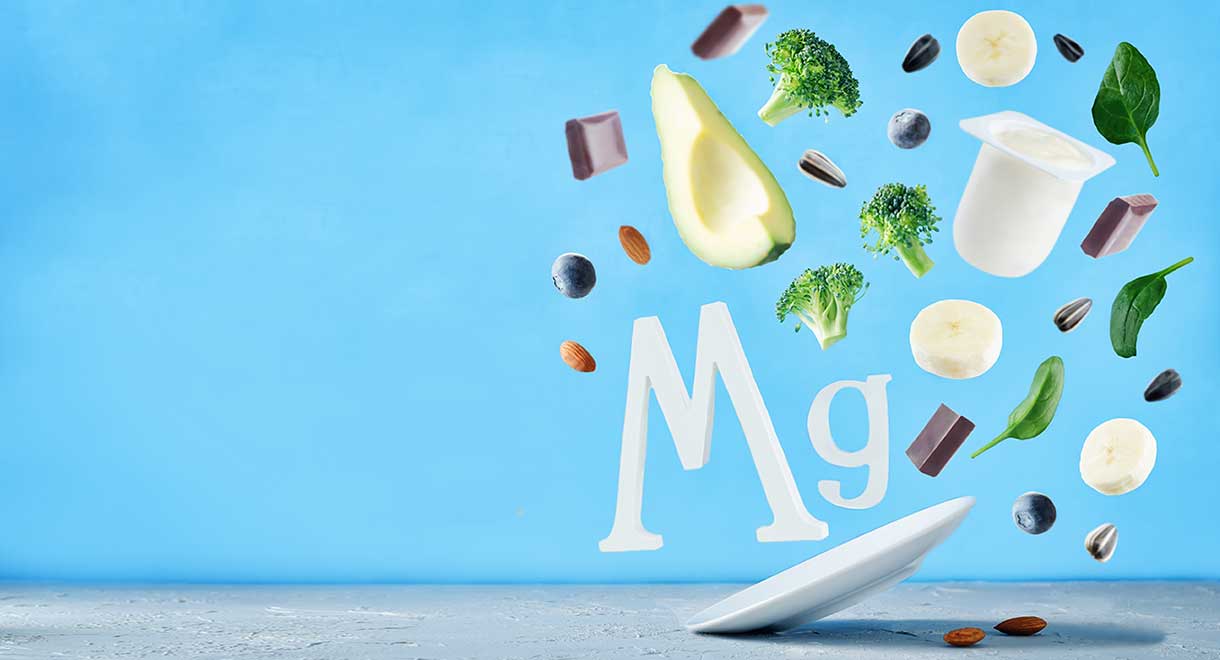
Magnesium
This wonderful mineral is a smooth muscle relaxant and is fantastic at relieving stress. Whilst magnesium is present in many foods such as vegetables and nuts, many people are deficient and require higher doses which are more easily obtained in supplement form.
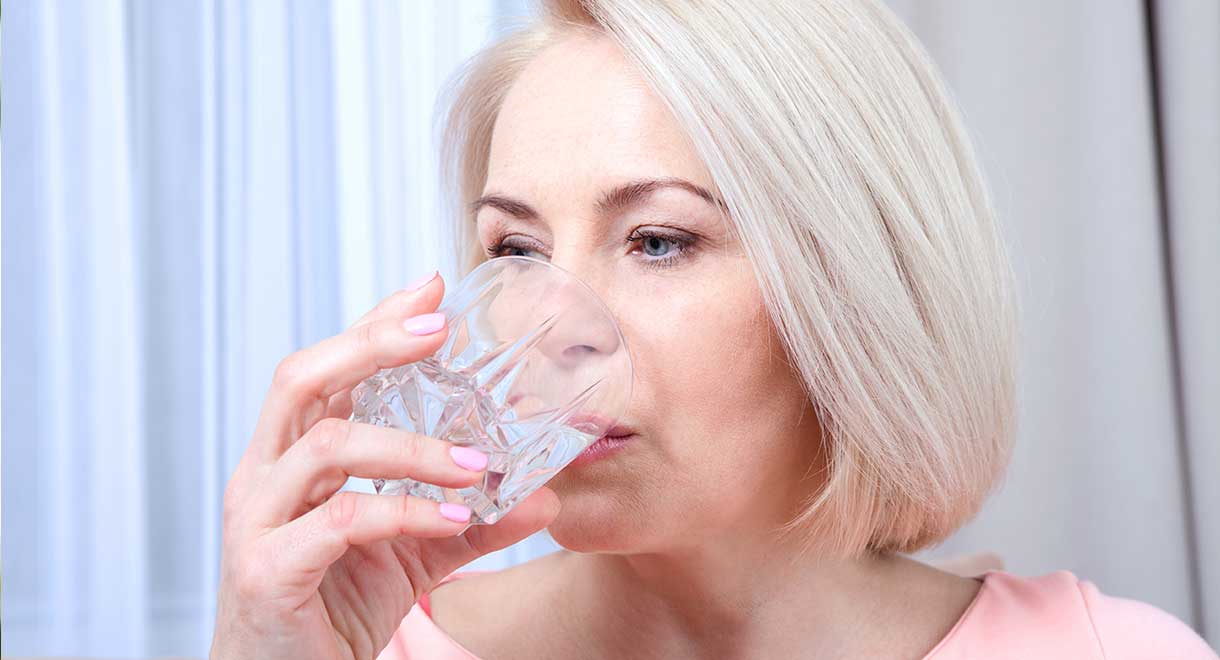
Drink more water
Dehydration causes the blood to become more viscous (thick) which means the heart has to work harder to pump blood around the body, therefore contributing to high blood pressure. Ensuring that you are drinking about 2 litres of water daily is important.

Exercise
It’s not new information that people who lead a sedentary lifestyle are more likely to suffer from health complications such as diabetes and heart disease. You should aim for at least 30 minutes of moderate intensity exercise 3 times a week – ideally you should do some form of exercise every day, particularly if you work at a desk.

Diet
It should be no surprise that what you eat can have an effect on your overall health and mental health. You should include lots of antioxidant rich foods in your diet which are found in brightly coloured vegetables and fruits. Fish is a great source of omega 3 fatty acids which helps to keep the arteries elastic. Avoid eating a lot of processed foods or high carbohydrate foods as this can contribute to high blood pressure. Ideally you will base your diet around an abundance of vegetables, lean protein (fish, lamb, chicken, eggs) and healthy fats (avocado, olives, nuts and seeds). Beetroot juice is a fantastic source of nitric oxide which helps to dilate blood vessels and reduce blood pressure.


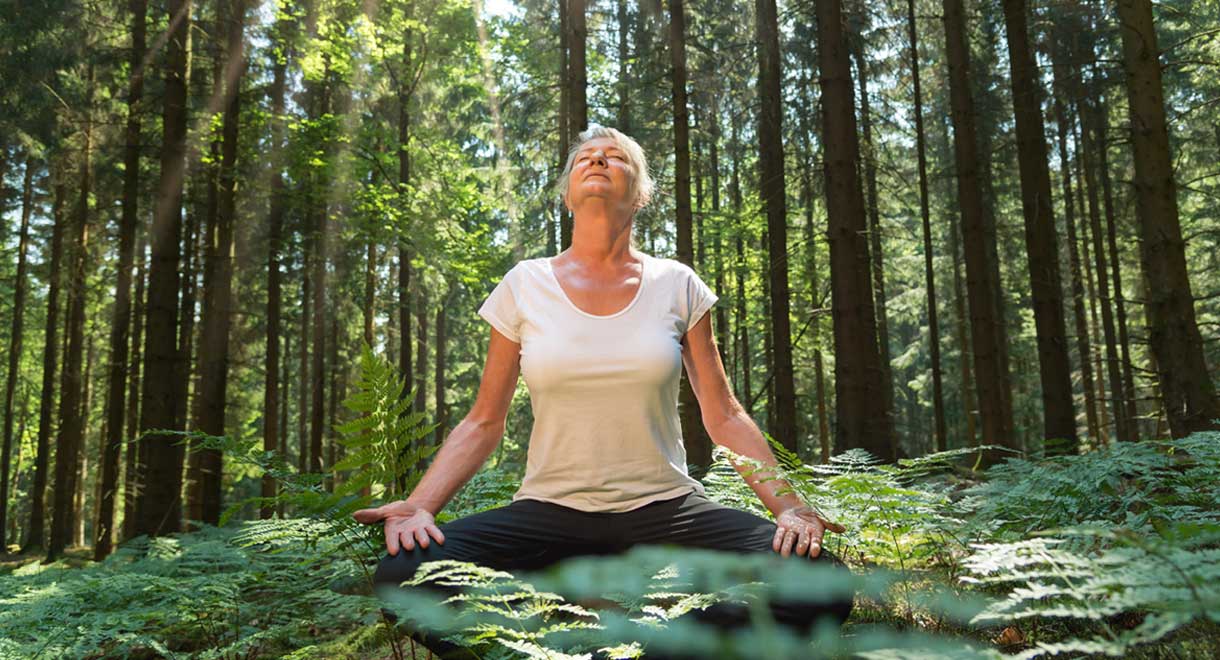

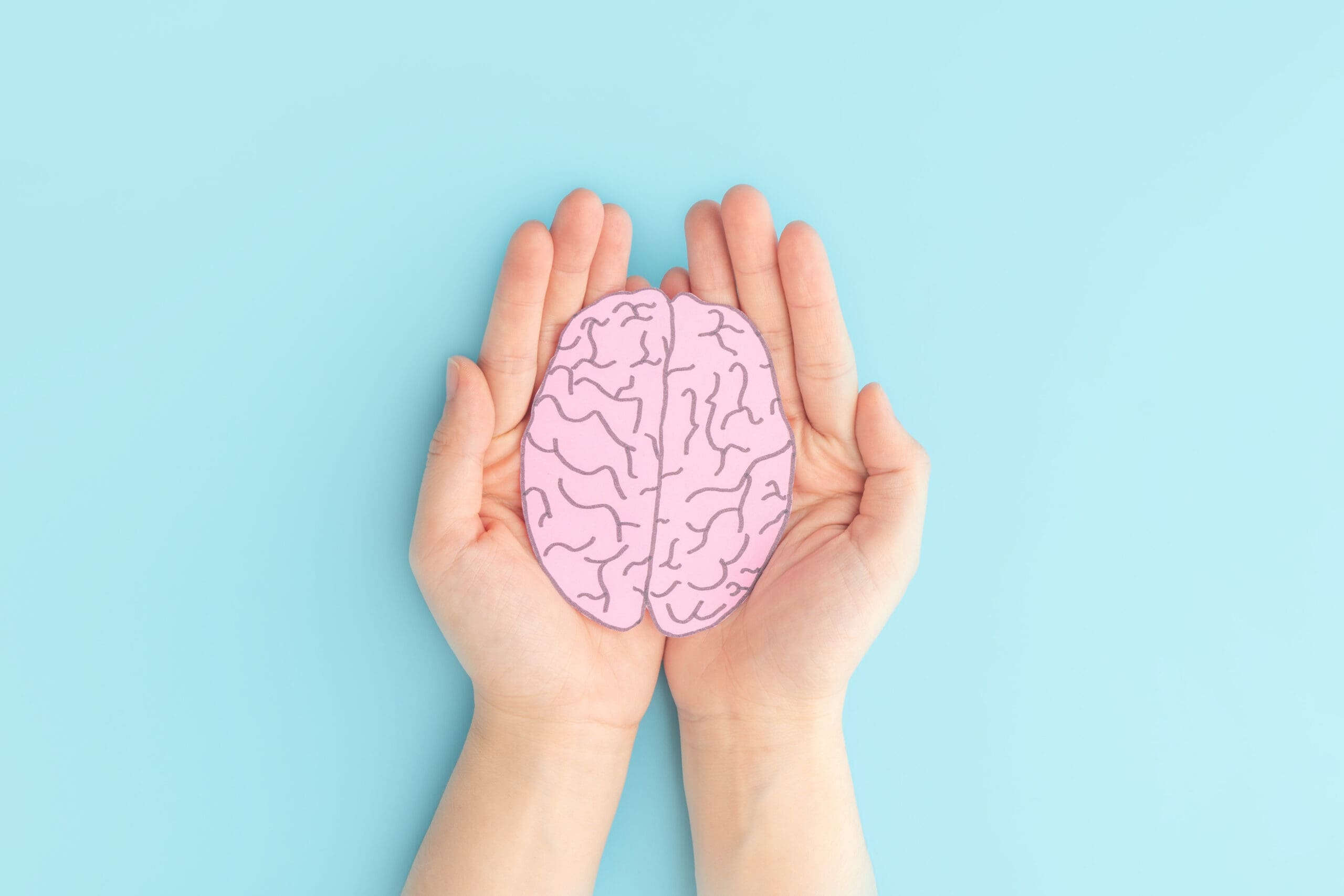
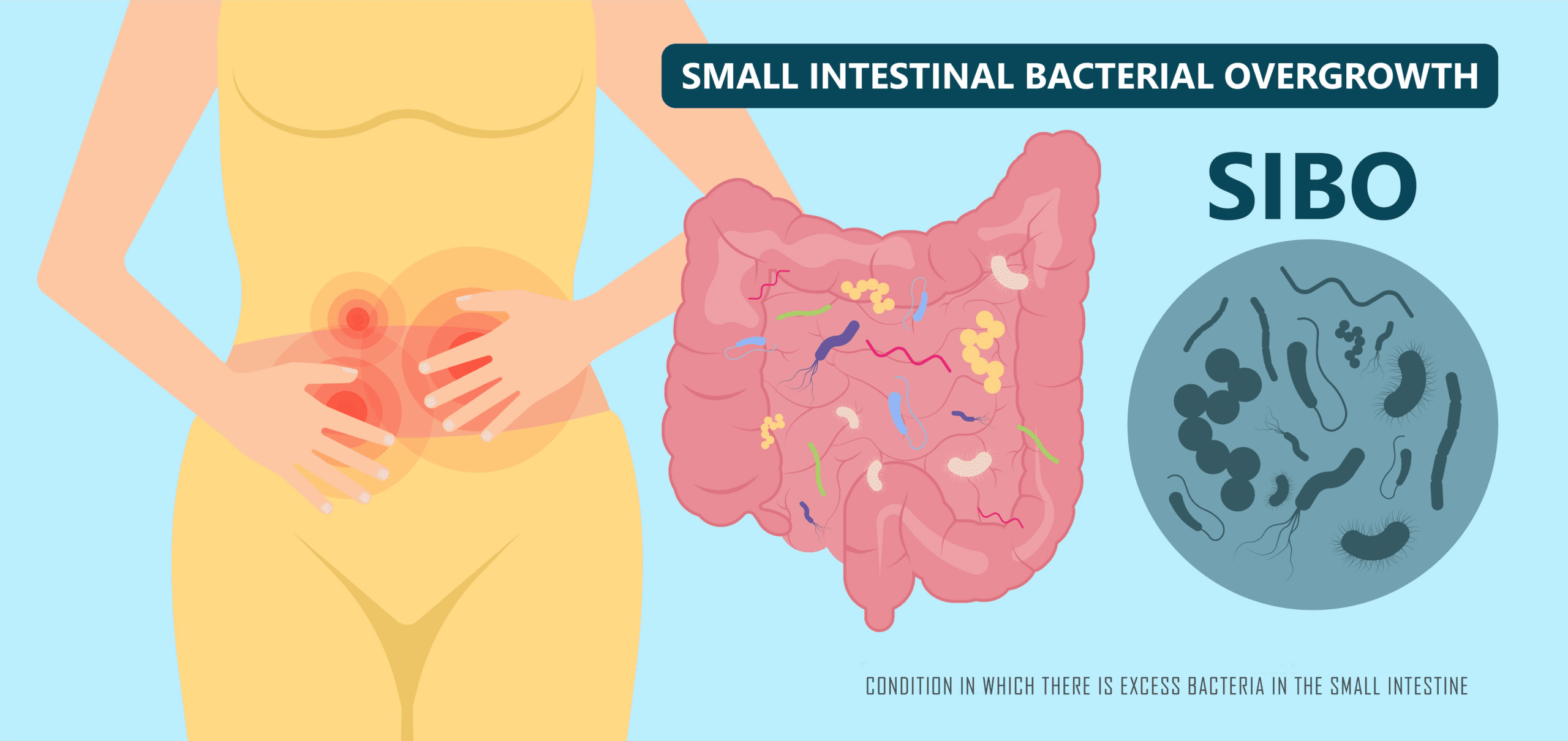
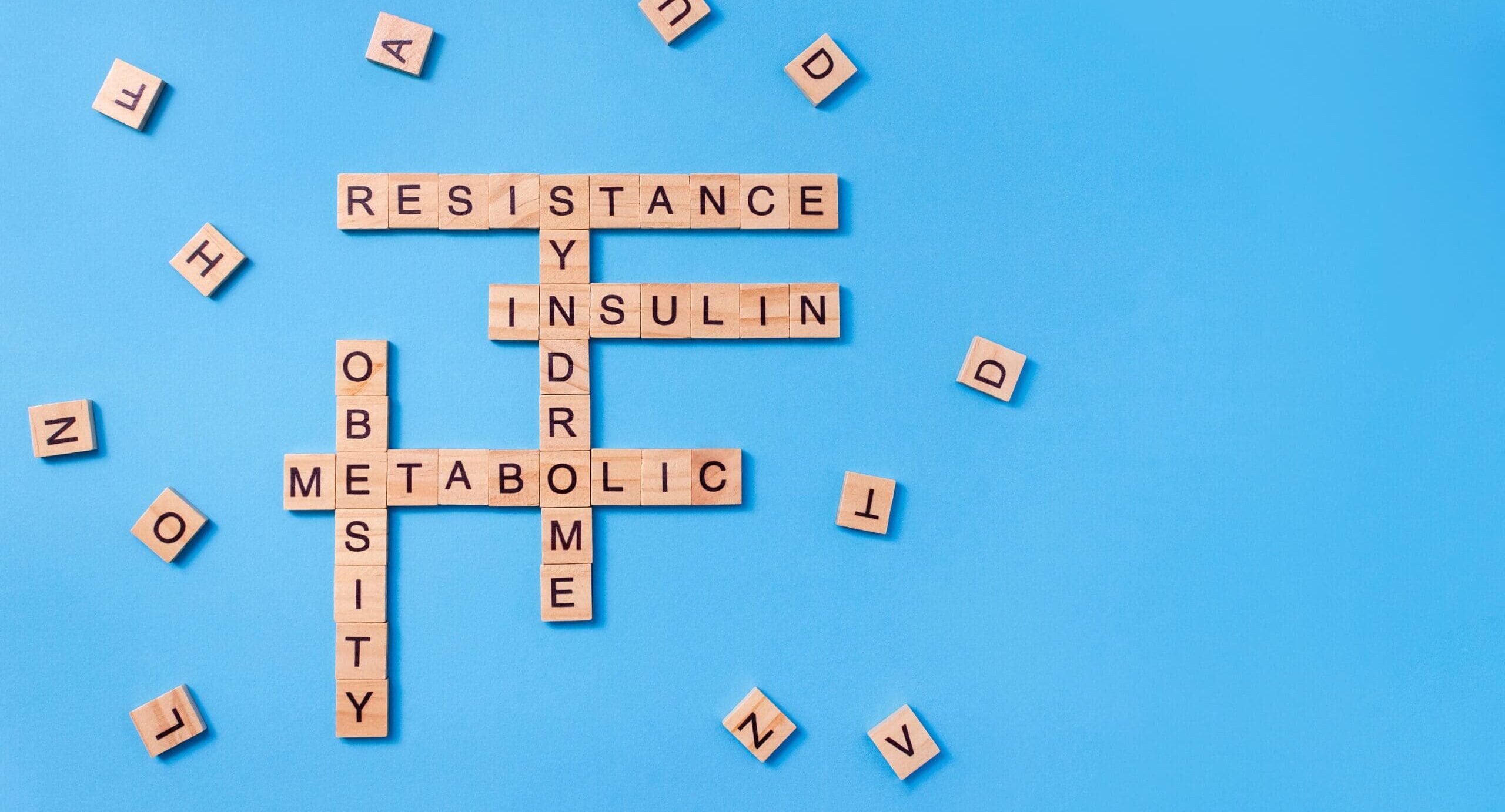


Leave A Comment